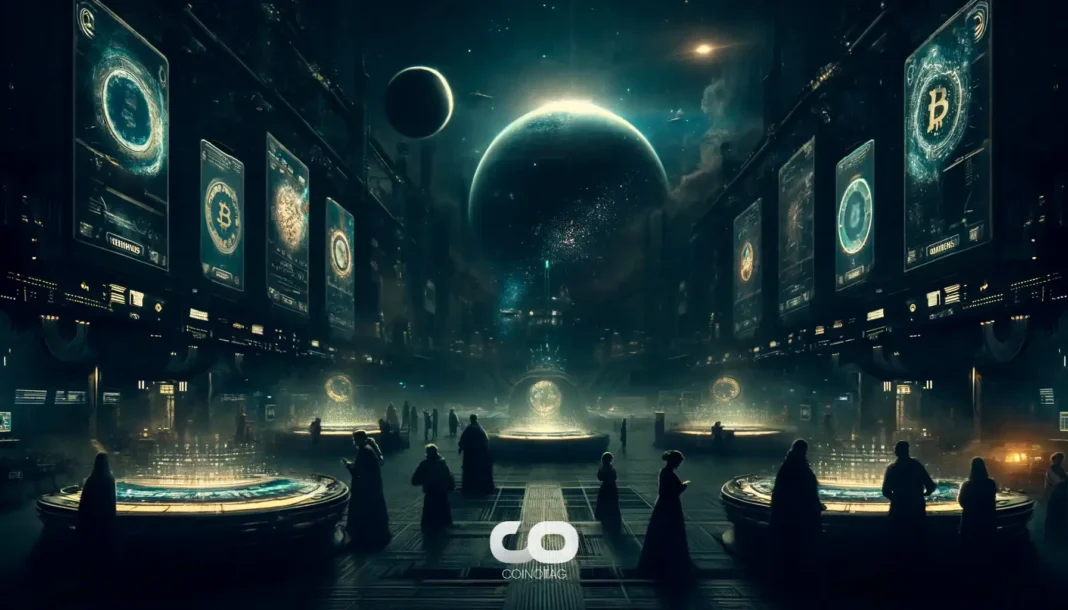-
Litecoin has taken a significant leap forward in the blockchain space with the launch of LitVM, a Layer 2 solution designed to enhance its smart contract capabilities and scalability.
-
By integrating technologies from BitcoinOS, Polygon’s CDK, and AggLayer, LitVM positions Litecoin as a competitive platform alongside Ethereum and Solana for Web3 development.
-
According to the Litecoin Foundation, LitVM combines zero-knowledge cryptography and cross-chain interoperability to enable thousands of low-cost transactions while supporting Ethereum-compatible development tools.
Litecoin’s new LitVM upgrade boosts smart contracts, scalability, and cross-chain features, challenging Ethereum and Solana in the evolving Web3 ecosystem.
LitVM: Revolutionizing Litecoin with Smart Contracts and Scalability
At the 2025 Litecoin Summit, the unveiling of LitVM marked a pivotal moment for Litecoin ($LTC), transforming it from a primarily transactional cryptocurrency into a versatile platform ready for Web3 programming. LitVM leverages zero-knowledge proofs to enhance privacy and scalability, enabling Litecoin to process thousands of transactions simultaneously at minimal cost. This upgrade introduces smart contract functionality, a feature long dominated by Ethereum and Solana, thereby expanding Litecoin’s utility beyond simple peer-to-peer payments.
Technological Foundations of LitVM: BitcoinOS, Polygon CDK, and AggLayer
LitVM’s architecture is built upon three core technologies that synergize to deliver robust performance and interoperability:
- BitcoinOS: Originally designed for Bitcoin, it has been adapted to Litecoin’s faster block times, supporting zkRollup technology and enabling smart contracts on Litecoin-specific assets.
- Polygon CDK/Erigon: This component ensures high throughput and low transaction fees, while maintaining compatibility with Ethereum Virtual Machine (EVM) standards and allowing LTC to be used as gas fees.
- AggLayer: Facilitates access to a unified liquidity pool and supports decentralized finance (DeFi) applications, governance tools, and cross-chain decentralized apps (dApps) across both EVM and non-EVM blockchains.
These integrated technologies empower developers to build complex decentralized applications on Litecoin, bridging the gap between Litecoin and the broader Ethereum ecosystem by supporting tools like Solidity and Hardhat.
Cross-Chain Interoperability and Developer Ecosystem Expansion
One of LitVM’s standout features is its ability to handle multiple token standards, including LTC, LRC20 tokens, Runes, Lordinals, Charms, as well as Bitcoin and Ethereum-based tokens. This cross-chain functionality is critical for fostering liquidity and enabling seamless asset transfers across different blockchains. By settling transactions on Ethereum, LitVM taps into one of the largest liquidity pools in the crypto space, enhancing Litecoin’s utility and appeal.
Moreover, the compatibility with Ethereum’s developer tools means that a vast community of developers can now easily transition or expand their projects to Litecoin, accelerating innovation and adoption. This strategic move not only broadens Litecoin’s developer base but also ensures it remains relevant amid rapidly evolving blockchain technologies.
Implications for DeFi, NFTs, and Web3 Applications
With the introduction of programmability and multi-chain support, LitVM opens the door for Litecoin to participate actively in emerging sectors such as decentralized finance (DeFi), real-world assets (RWAs), non-fungible tokens (NFTs), gaming, and digital identity solutions. This expansion is crucial as the blockchain industry shifts towards more complex and integrated Web3 ecosystems.
By enabling these capabilities, Litecoin is positioning itself to capture new market segments and use cases, ensuring it remains competitive and adaptable in a landscape dominated by platforms like Ethereum and Solana.
Conclusion
LitVM represents a transformative upgrade for Litecoin, significantly enhancing its technical capabilities and ecosystem potential. By integrating advanced cryptographic techniques and fostering cross-chain interoperability, Litecoin is no longer just a digital currency but a versatile platform ready for the demands of Web3. This development not only challenges established smart contract platforms but also signals Litecoin’s commitment to innovation and long-term relevance in the blockchain space.





